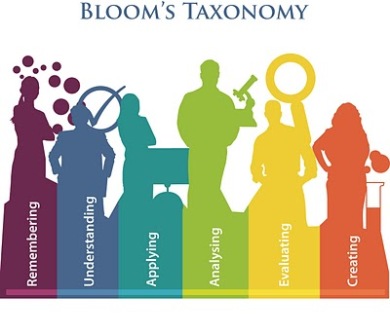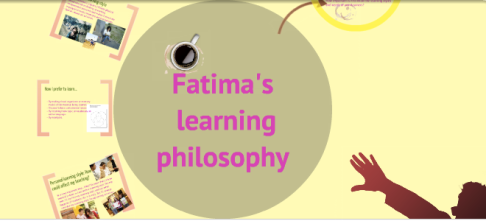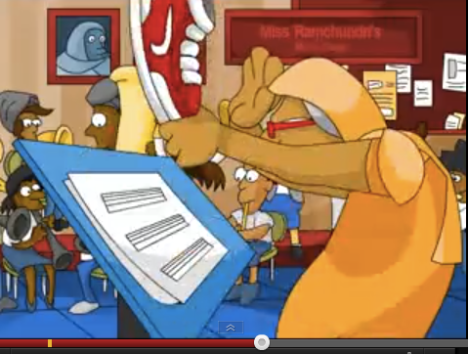When teacher realize there was student back talking in classroom, she stopped writing the instructions for us on the board and wait until students, that were laughing and doing stuff in their cellphones, stopped too. Students noticed and they stopped doing that and teacher restarted writing on the board; students started talking again. She asked them to pay attention to class; students really didn’t care.

How it could have been avoided?
First time teacher does that reaction to class (stopped class) was okay, because students stopped and understood they were doing something incorrect in classroom. Second time she asked them to pay attention I
think she should add a warning for students to be prepared and conscious if they started talking again there would be consequences. Students should understand the warning and be conscious if they’re really wanted to be in a pickle. They should stop doing back talking and continue class trying to pay attention. What would happen if they don’t do that? Be fulfilled the warning (pickle).

 Recalling information:
Recalling information:


